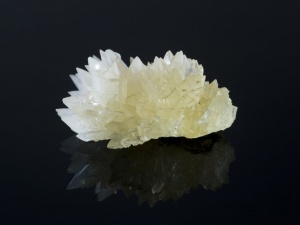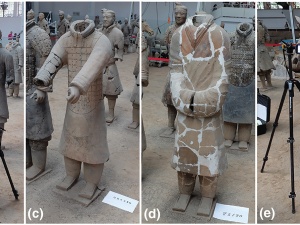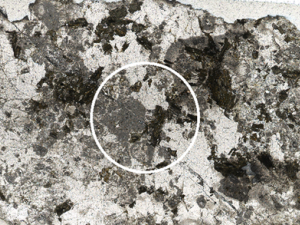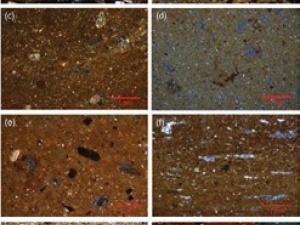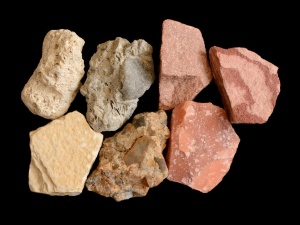The Incorporation of Field Portable Instrumentation Into Human Planetary Surface Exploration
Abstract
Field portable instrumentation, such as in situ geochemical analyzers or broader field of view instruments like multispectral imagers or other imaging capabilities, has the potential to dramatically increase the science return of a planetary surface exploration mission. However, more work is needed to determine how emerging portable technologies should be designed and implemented into evolving mission architectures. This work summarizes the efforts of the RIS4E (Remote, In Situ and Synchrotron Studies for Science and Exploration) SSERVI (Solar System Exploration Research Virtual Institute) team in investigating how field portable instruments should be including into planning for future exploration EVAs (extravehicular activities). EVA crews of geologists and astronauts tested a variety of portable and handheld technologies at both the December 1974 lava flow, Kilauea Volcano, Hawai'i, and Kilbourne Hole, New Mexico, both of which are planetary analog sites. The timeline data gathered during instrument deployment were then mapped onto EVA timelines used in large-scale NASA planetary surface exploration analog missions. Results and recommendations for future instrument hardware and software development are discussed, as is the operational framework necessary for incorporating in situ analytical capabilities into future planetary surface exploration.
Full open access article:
Source: Preview Image: SergeyDV/Shutterstock

